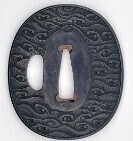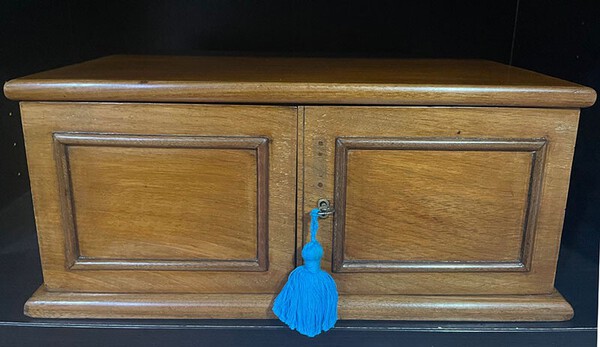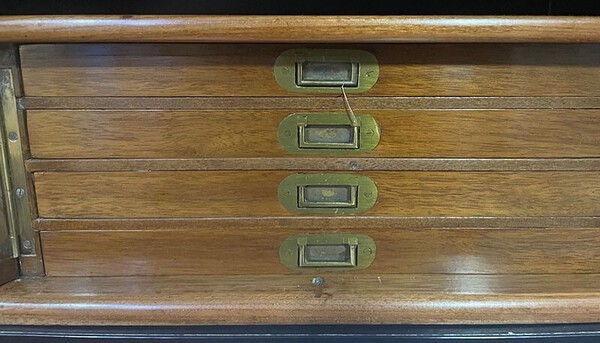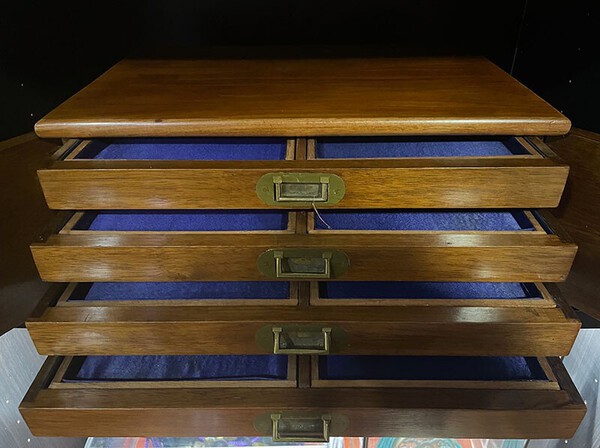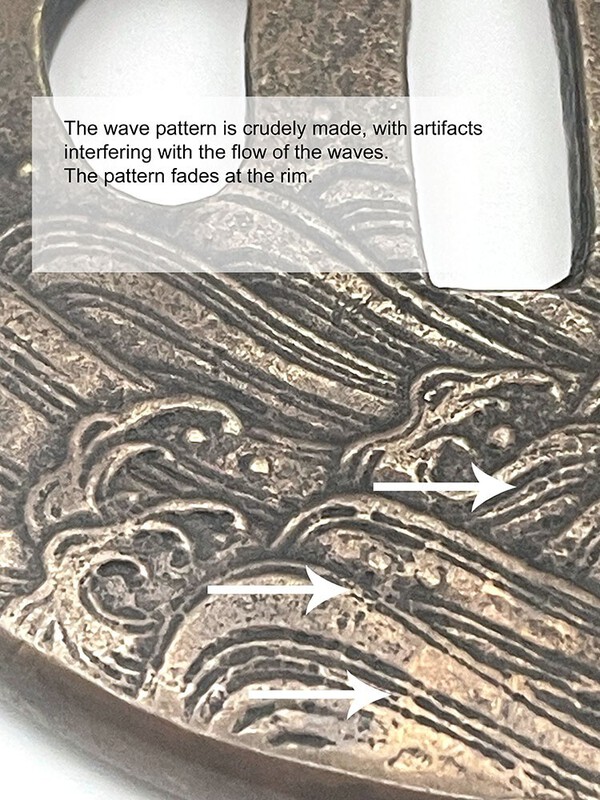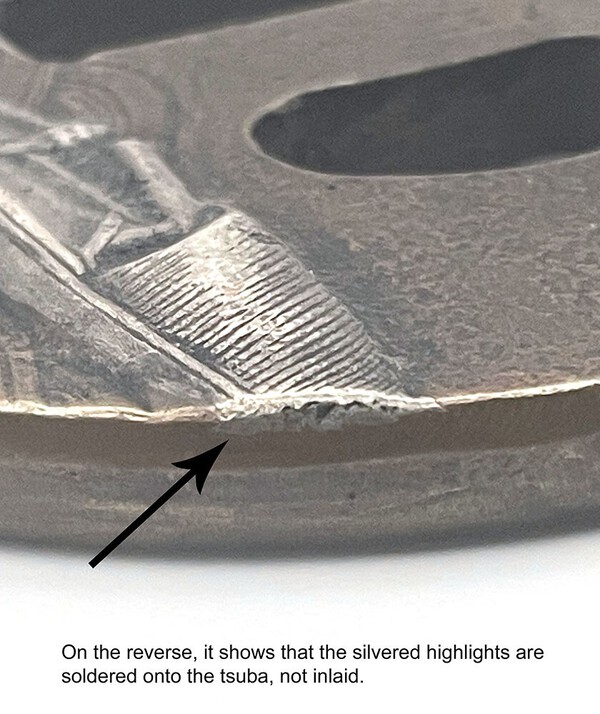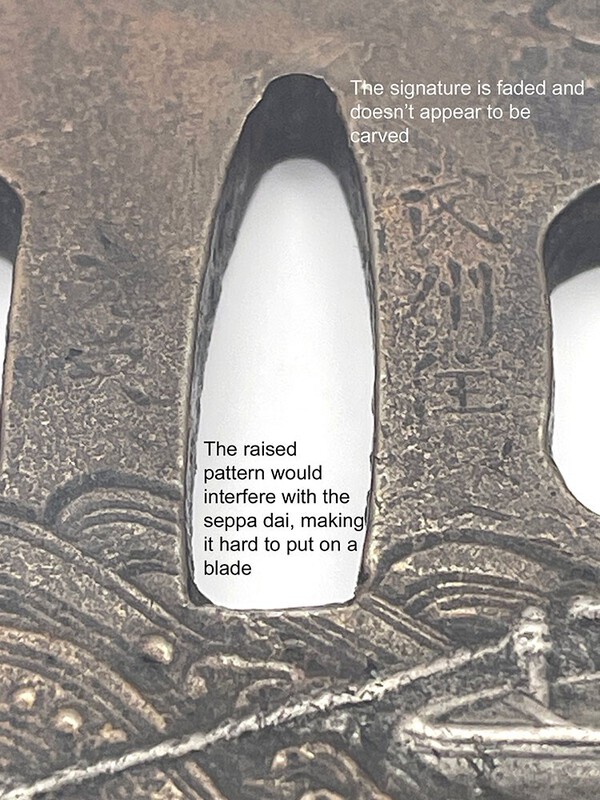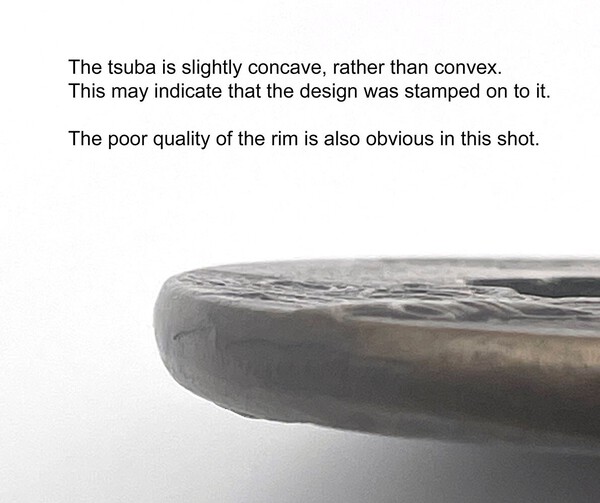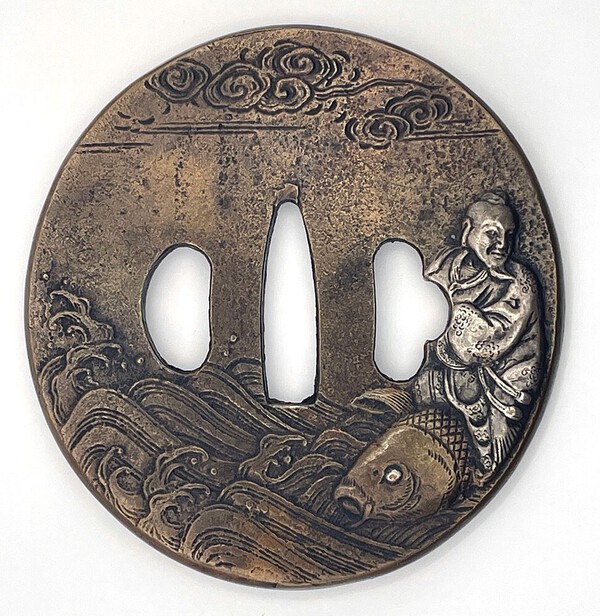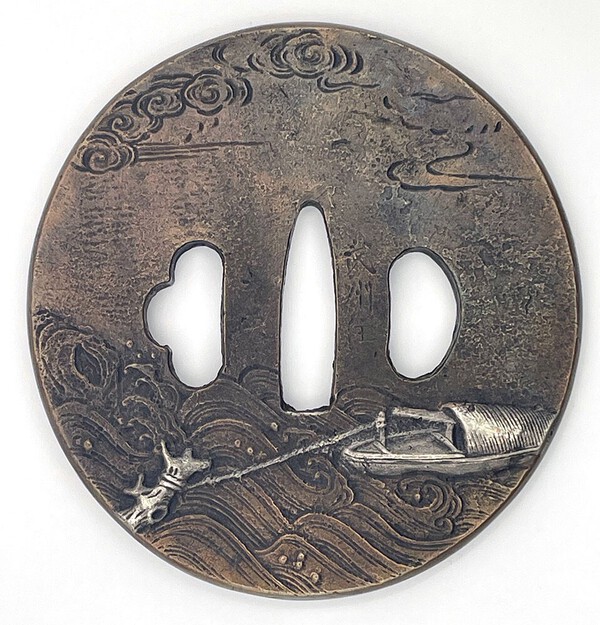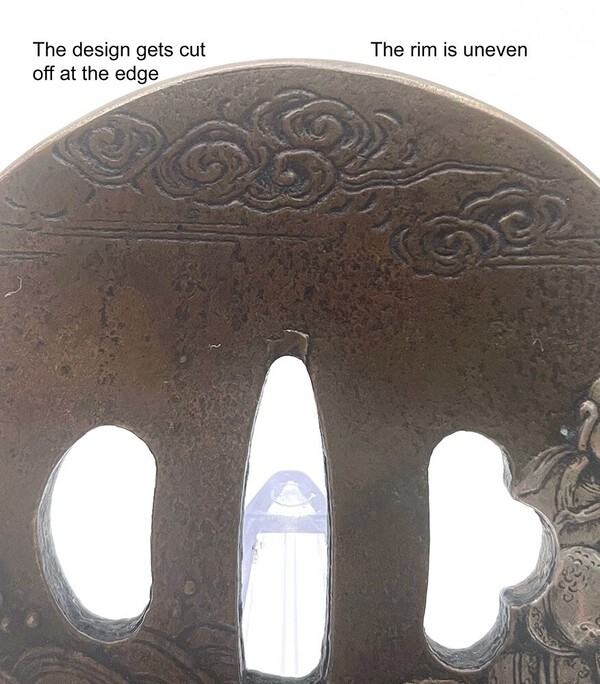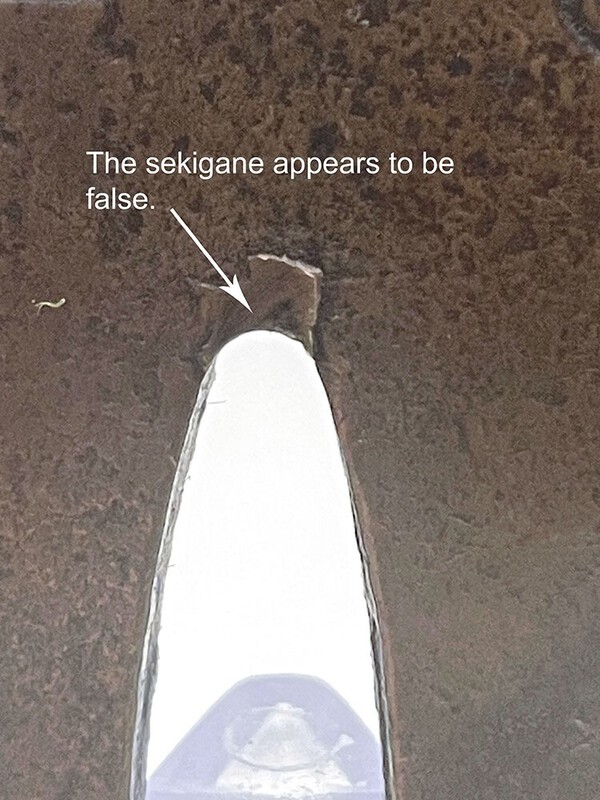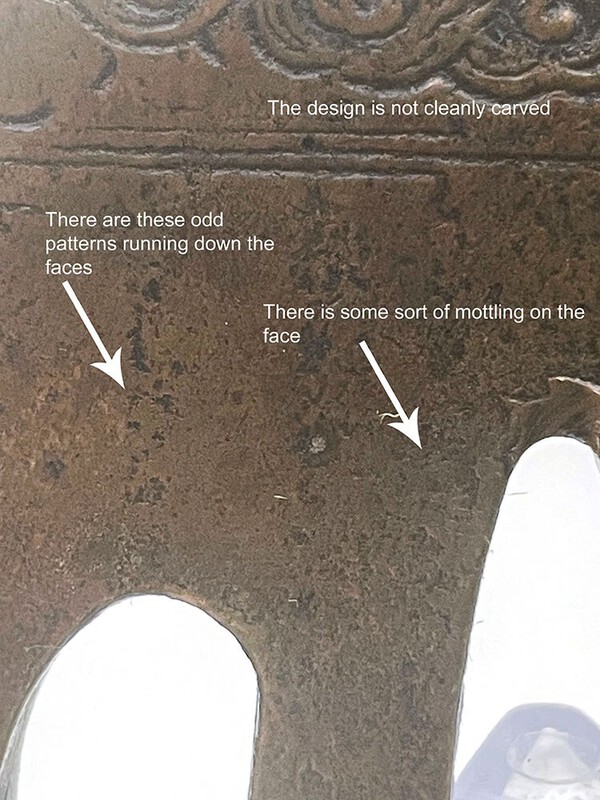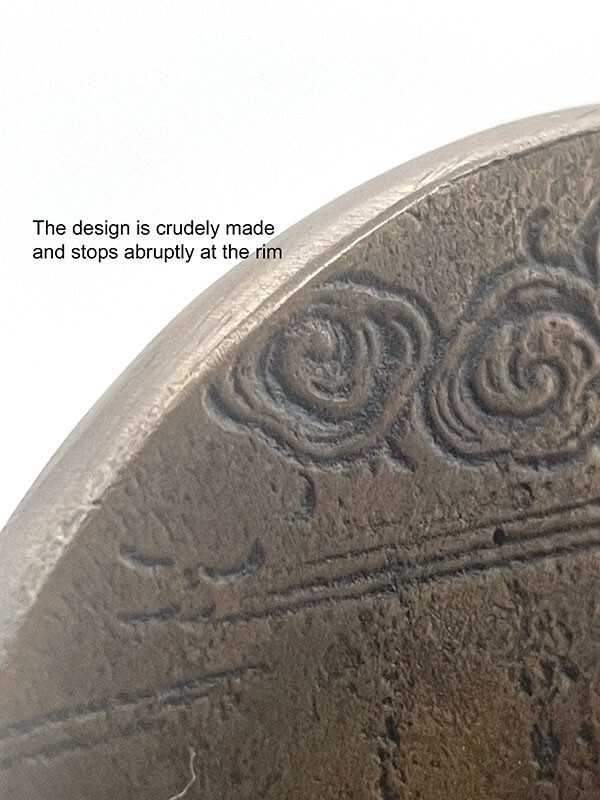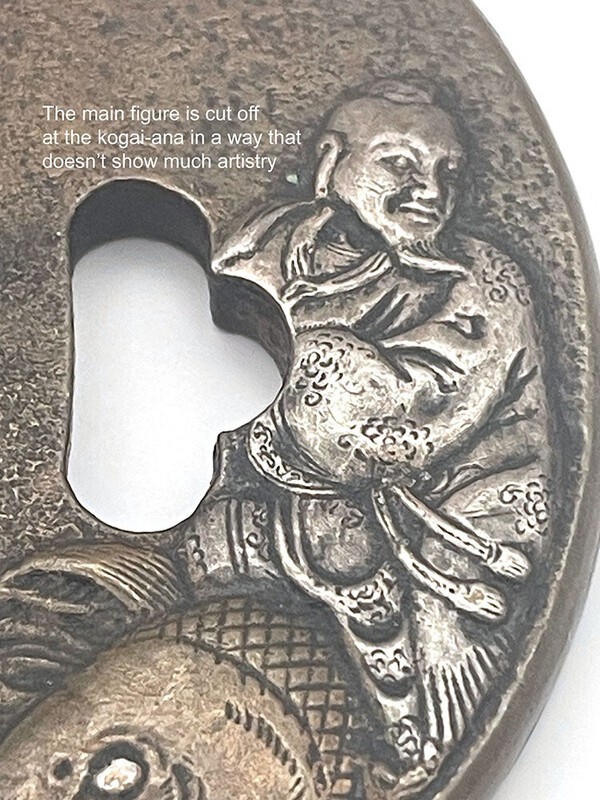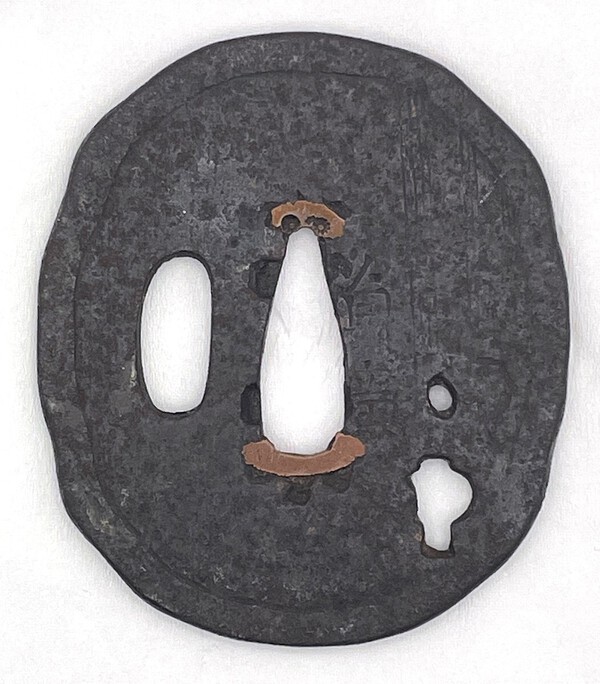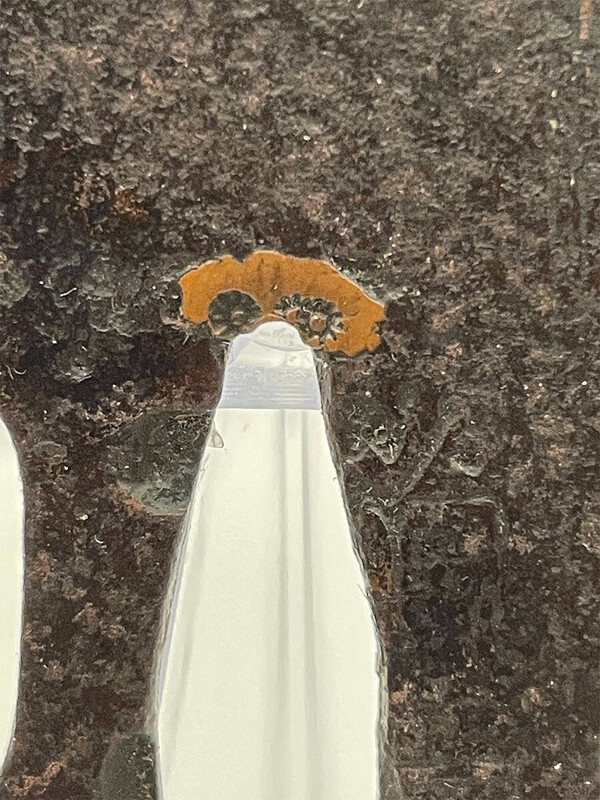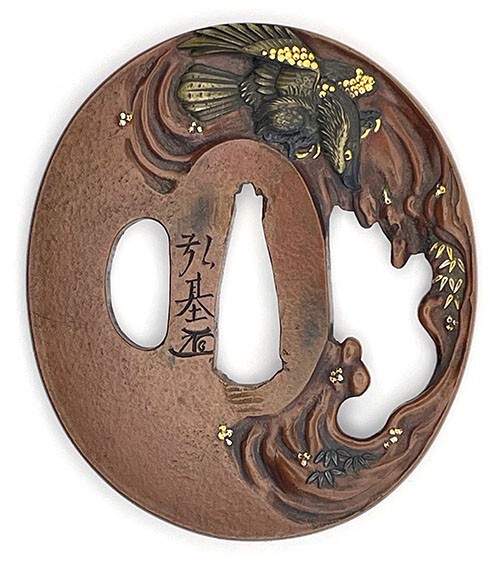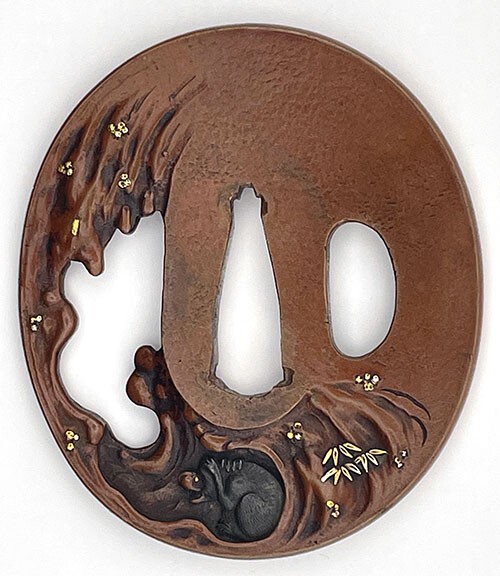-
Posts
20 -
Joined
-
Last visited
Content Type
Profiles
Forums
Events
Store
Downloads
Gallery
Everything posted by Jesta
-
Hi Stephen, Thank you for the really detailed answer. I have been looking for a reliable stand for a while now, one that is not super-expensive. I will give your design a try, and I really appreciate you making available.
-
I have been trying out plastic stands of different designs. I has recently become a bit worried about the sharp edges scratching or wearing the rims of copper tsuba. Do you have any trouble with that? I haven't experimented, but I am interested to know if the softer metal might get rubbed or scratched by hard edges on a plastic stand. I am particularly concerned with nanako designs...
-
My 2 cents: 1. Buy what you like to look at. I collect pieces that I enjoy seeing every day. 2. Buy from reputable sources (there are links to various places in the forum) at the start. You will be less likely to buy a dud from a well-reviewed dealer. 3. Avoid eBay until you are very, very good at spotting fakes. 4. Accept that you will make a few mistakes, and if they are pretty enough it won't matter too much. (see my thread on the fake one that I bought) 5. Buy selectively (unless you have vast sums of money lying around). It is very easy to spend on tsuba, there are soooo many, and many are sooo desirable (speaking for a friend, of course) 6. Personally, I prefer to spend a bit more and get them with NBTHK papers where possible, but if you follow #2 (above) it probably isn't really necessary, and it can cost more. 7. Buy the ones that you will enjoy every day. Cheap or expensive, signed or unsigned, papered or not, just get the ones that you love looking at. (I know that this is repeated, but I think that it is key)
-
Looks very nice. Great start to your collection.
-
These just arrived yesterday... My first shakudo-nanako pieces, and I am totally in love. The nanako is incredibly fine-grained, it is almost impossible to see each one individually. It's a daisho set signed "Fujimoto Nobushige". Does anyone have any thoughts on why the turtle on the shoto tsuba is red, while those on the daito are black?
-
Thanks. A very creative way to do it. In this case, I don't want to drill into the drawers, and they don't have enough depth to fit a padded piece along with the tsuba. I picked up something from a local art shop yesterday which looks promising - it is a flexible, clear plastic with a triangular cross-section. I gave it a quick try last night, and it seems to work ok... I'll post pics when I have sorted it out.
-
I really like the lines on this. The sweep from the top and bottom to encompass the kozuka-ana and the kogai-ana are very reminiscent of brush strokes. Lovely piece.
-
Each side of the drawers is a square box that lifts out to reveal another space below. So, it is two-tiered. Thanks for the suggestion... That would work really well for the ones with 4. When I tried one big, one small in the shelf, they lie diagonally, and not on an even division. So I would like a soft, maybe rubbery material to pad the space between them.
-
For those who are interested in something more vintage, I have just acquired this Victorian specimen collector's box. It has four drawers with two shelves in each one, divided into two sides. Depending on the size of the tsuba it will store between 2 and four per section, which means that it could store up to 64 of the smaller tsuba. Does anyone have any suggestions for a thin, but cushioned and pliable material to put between the tsuba to stop them rubbing and bumping when the drawers are opened? I don't plan to alter the box, but I would like them to be more secure.
-
Is there any reason to think that daisho would always have matching sets of tsuba? There are certainly plenty of examples of matching sets, but would it be possible to wear swords with differing tosogu? I also think that there were probably more people who wore a single sword than samurai who wore two, so single tsuba may be more common as a result.
-
Thanks for the info. I haven't seen many concave tsuba, so it's good to know that they are out there.
-
I bought this tsuba a while ago, just on impulse because I am a sucker for wave patterns. I am increasingly convinced that it is not an Edo period piece, although I should be clear that I don't think that the shop was in any way dishonest. I should have spent more time looking at it, but that's life. I like the waves, and I am not going to get rid of it. I will keep it around as a reminder to be more careful, and as a reference to look back on. This is an attempt to illustrate some probable issues with it as a way for other people (like me) to learn from, so please feel free to add your comments on things that I have missed. The front of the tsuba. The reverse. These images show what I have noticed about it that indicate that it is not really a good piece. The sekigane looks like it is not actually another piece of metal, just a shape in the metal. These patterns look like they are artefacts from either a casting or stamping process, but I am not entirely sure. The concave shape (see below) makes me think that it was stamped.
-
Thank you. The help is much appreciated.
-
Wow... your eyes are significantly better than mine... Thank you.
-
Thanks Dale. I like it too, but it is pretty worn out. There is probably a signature, but it is too faint to see clearly. It was given to me when I was at school by an old friend who collected tsuba as works of art. I think that he probably got this one in a larger lot and was not worried about giving it away. It was my first tsuba and will probably be with me when I buy my last one... I am impressed by the lengths that the forgers will go to in order to make their work believable.
-
Thanks for the info. I thought that it might have been used to expand the copper, but I am curious about why it would have been necessary. Would this have been a second fitting and they just didn't want to replace the copper?
-
This is a tsuba that I have had for 40 years. It was given to me and has some sentimental value. I am curious about the stamps in the sekigane. Has anyone seen anything like this in the past? I have not noticed any stamps like this before, so I am not sure if they are very common, and I haven't seen them, or if they are not usually a thing. Any ideas would be welcome.
-
This is lovely. Such a beautiful piece of design. Very elegant.
-
This is one of my recent acquisitions. The papers describe it as Ishimeji copper. An bird of prey on one side is hunting a monkey on the other. The signature is "Hiromoto".
- 38 replies
-
- 10
-

-



